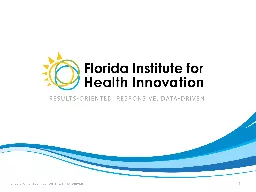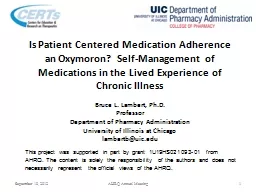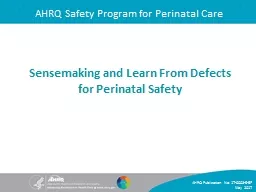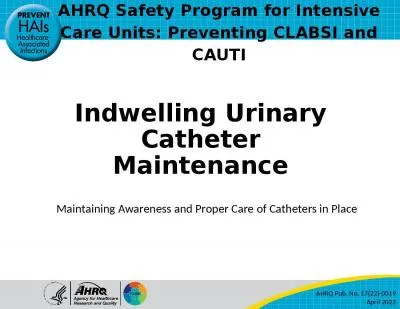PPT-1 2 The following slides have been adapted from AHRQ’s
Author : sherrill-nordquist | Published Date : 2018-02-10
TeamSTEPPS in Primary Care Training Material For more information please visit httpwwwahrqgovprofessionalseducationcurriculumtoolsteamsteppsprimarycare indexhtml
Presentation Embed Code
Download Presentation
Download Presentation The PPT/PDF document "1 2 The following slides have been ad..." is the property of its rightful owner. Permission is granted to download and print the materials on this website for personal, non-commercial use only, and to display it on your personal computer provided you do not modify the materials and that you retain all copyright notices contained in the materials. By downloading content from our website, you accept the terms of this agreement.
1 2 The following slides have been adapted from AHRQ’s: Transcript
Download Rules Of Document
"1 2 The following slides have been adapted from AHRQ’s"The content belongs to its owner. You may download and print it for personal use, without modification, and keep all copyright notices. By downloading, you agree to these terms.
Related Documents














